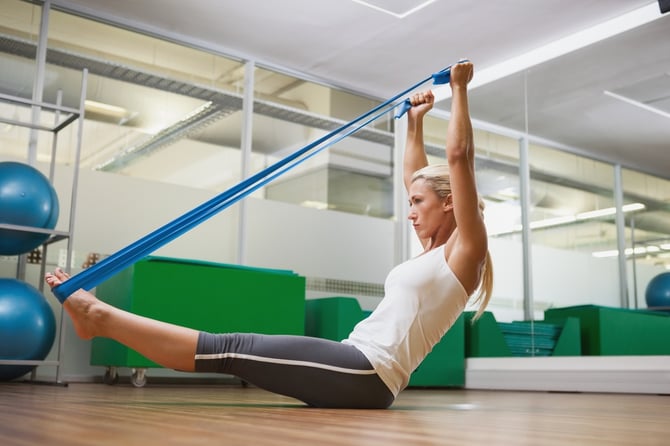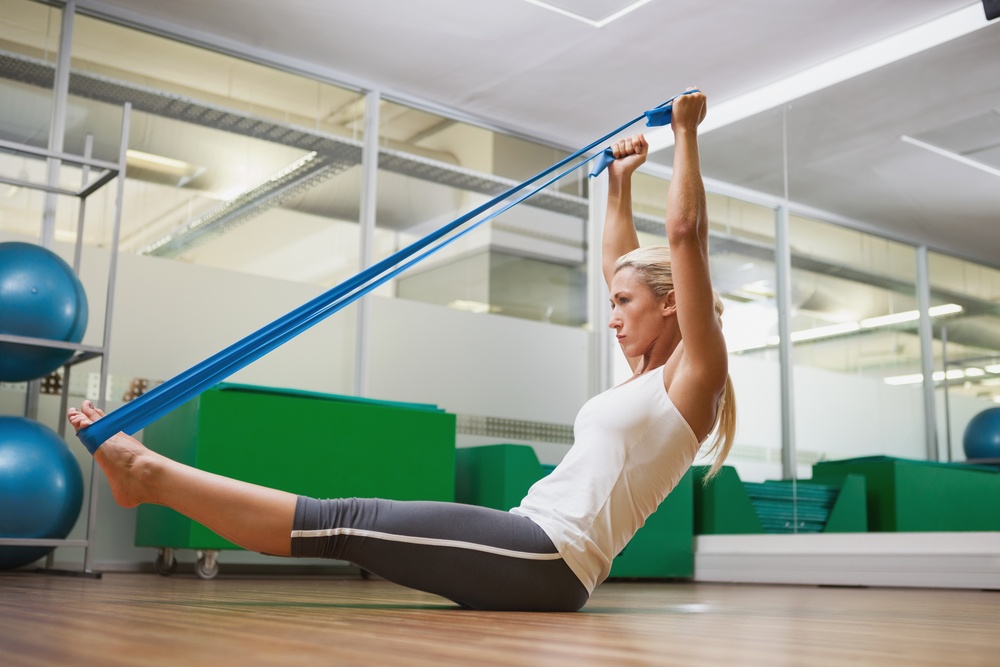Professional athletes of all kinds have discovered how adding Pilates to their training can improve performance, reduce injury, speed up recovery and help their hardworking bodies stay healthy. But what about the rest of us? I'm here to tell you Pilates can provide you with the same benefits professional athletes enjoy.

Benefits for Everyone
Pilates is a whole-body exercise system that develops strength, functional flexibility, coordination and balance. It's for anyone wanting to develop those traits, and is perfect for returning to activity after an injury or relaxing vacation.
Builds a Good Foundation
Pilates helps people improve their movement patterns by engaging the mind to change the body. Feeling our imbalances and learning how to improve them is a key element of Pilates training in general. It helps us to learn and to identify how our bodies are meant to move.
Improves Core Strength and Lumbo-Pelvic Stability
Pilates instructors will often use lumbar stabilization exercises and concepts in their sessions, with many Pilates exercises incorporating lumbar or lumbo-pelvic stabilization. Greater stability in this area can increase flexibility , generate power for throwing or rotational sports and decrease lower back pain or injury.
A comprehensive Pilates mat or studio equipment program designed to strengthen the trunk in all planes of motion this can improve the dynamic stability in the core. The emphasis Pilates places on the core provides an environment for safely developing a base level of lumbo-pelvic stability. As skill improvements are made, challenges such as standing exercises, lank based exercises, free weights and unstable surfaces can be added to provide a higher level of difficulty.
Balancing the Body: Counteract the Effects of Training
Many recreational or occasional athletes develop muscle imbalances and poor posture from combining a sedentary occupation with their sport. For example, bicycling has become the sport of choice for many middle-aged men and women. Cycling has obvious cardio-respiratory, strength and endurance benefits, but as a repetitive activity it puts strain on the lumbar spine, neck, shoulders, arms and legs. Combining daily work sitting at a desk with hours on a bicycle in deep hip flexion can decrease flexibility in the hip flexors and lower back, leading to stress in these areas. An appropriate Pilates program would emphasize hip, lumbar and thoracic extension to counteract the effects of repetitive stress in a seated position.
The same principle applies to rotational athletes such as tennis players or golfers. The asymmetrical nature of their activities can lead to misalignments and strength imbalances on either side of the body. A custom designed Pilates program could target the neglected side of the body, or work on the opposite movement pattern to cross-train the body and improve symmetry.




